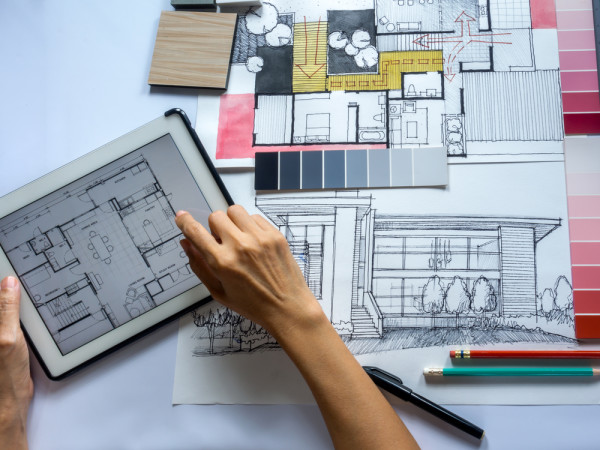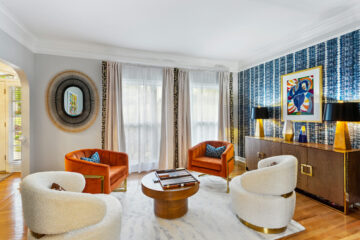What is the difference between interior designer, decorator and architect?

Colors, textures, sense of proportion, aesthetics and ergonomics. These are some of the elements that make up the daily life of an interior designer. This professional, who is neither an architect nor a decorator, has been one of the most sought after today when it comes to setting houses and businesses.
Who is an interior designer?
First, let’s explain the difference between design and interior designer. The first concerns the profession, such as architecture. The second term is the name given to the professional trained in HDB interior design. Therefore, an interior designer is the professional trained in interior design. This professional is responsible for planning, designing and decorating the internal spaces of homes, businesses and companies in order to make the environment beautiful, comfortable, safe and functional. The interior designer needs to plan everything in order to also ensure the harmony, proportion and ergonomics of the spaces. This work is generally divided into two fundamental stages: planning and execution.
Interior design concept
Do you think that interior designer, decorator and architect are all the same? Well then you made a big mistake. Despite being complementary professions, the three play different roles. The function of the interior designer goes far beyond thinking about the color scheme, fabrics and textures that will integrate the environment. In other words, his work is above the aesthetic issue and he must know how to evaluate points such as functionality, proportion and harmony of the environment.
The decorator takes the work ready just to decide the final elements of the space, such as carpets, curtains, furniture and other decorative elements. On the other hand, the architect can assume all these functions mentioned above, in addition to being able to interfere in structural and engineering issues, such as masonry and electrical and hydraulic installations. In other words, an architect can be a designer and decorator, while the designer can only accumulate the function of decorator, while the decorator, well, he is just a decorator.
What are the areas of performance of an interior design?
In addition to serving customers independently and autonomously as mentioned above, the interior designer still has other options in the job market. It is worth mentioning that the thermometer of opportunities for the interior designer is directly related to the branch of civil construction. The warmer the sector, the more work is left for the interior designer. Check out other possibilities for the designer below:
- Furniture and furniture design: design, create and elaborate beautiful and functional furniture for customers, as well as furniture stores and industries in the sector.They have to take into account whether it is a condo or an HDB renovation project and apply the necessary permit.
- Decoration: planning the environment for the visual and aesthetic aspect, harmonizing pieces and furniture to the needs and tastes of the client.
- Landscaping: Take care of the planning and execution of projects for external areas, such as gardens, balconies and terraces, adapting furniture, coverings, etc.
Sustainable design: A very promising branch for the interior designer is sustainability, aspects such as reducing the use of energy and water, reusing materials and valuing the functional to the detriment of aesthetics.











